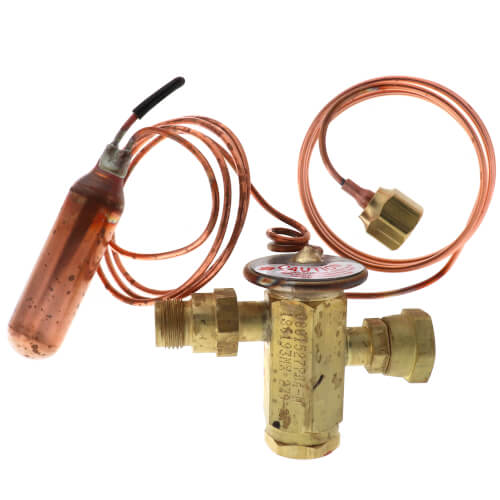Blog
TXV Leads to a More Efficient HVAC System
All Rheem equipment comes equipped with a Thermostatic Expansion Valve (TXV). However, some competitor HVAC systems, such as Goodman, do not have a TXV; rather, Goodman has a piston. TXV’s can contribute to increased efficiency in an HVAC (Heating, Ventilation, and Air Conditioning) system. You can purchase a Rheem HVAC system here.
Here’s how a TXV can enhance system efficiency:
- Precise Refrigerant Control: The primary function of a TXV is to regulate the flow of refrigerant into the evaporator coil based on the cooling load. Unlike fixed orifice devices (such as pistons or capillary tubes), a TXV can dynamically adjust the refrigerant flow, providing more precise control over the system.
- Maintaining Optimal Superheat: The TXV helps maintain a consistent level of superheat in the evaporator coil. Superheat is the temperature increase of the refrigerant vapor above its saturation (boiling) temperature. By regulating superheat, the TXV ensures that the refrigerant absorbs the maximum amount of heat from the air passing over the evaporator coil, improving the overall heat exchange efficiency.
- Adaptability to Variable Conditions: HVAC systems often operate under varying conditions, with changes in load due to factors like outdoor temperature, occupancy, or equipment operation. The ability of a TXV to adapt to these variable conditions allows the system to perform optimally across a range of operating scenarios.
- Reduced Energy Consumption: The precise control provided by a TXV can result in more efficient operation, potentially reducing energy consumption. The system can deliver the required cooling capacity without unnecessary cycling or overcooling, leading to improved energy efficiency.
While a TXV can enhance efficiency, it’s important to note that proper system design, installation, and maintenance are also critical factors. Regular maintenance, including cleaning coils, checking refrigerant levels, and ensuring the proper functioning of the TXV, is essential for optimal performance.
It’s recommended to consult with HVAC professionals and follow the manufacturer’s guidelines when selecting and installing a TXV. Additionally, specific system requirements and considerations may influence the choice between a TXV and other refrigerant metering devices based on the application and load conditions.


